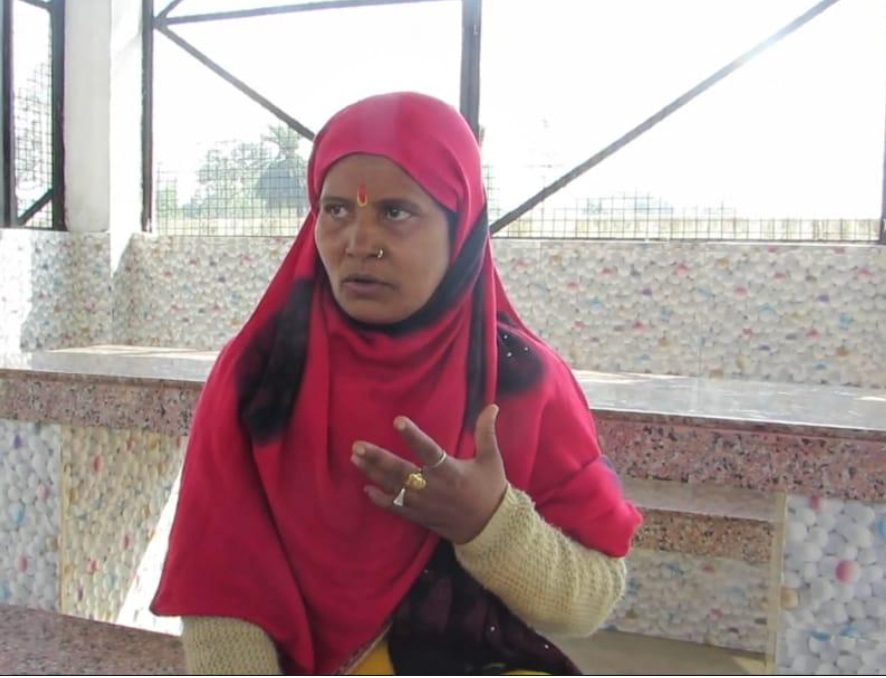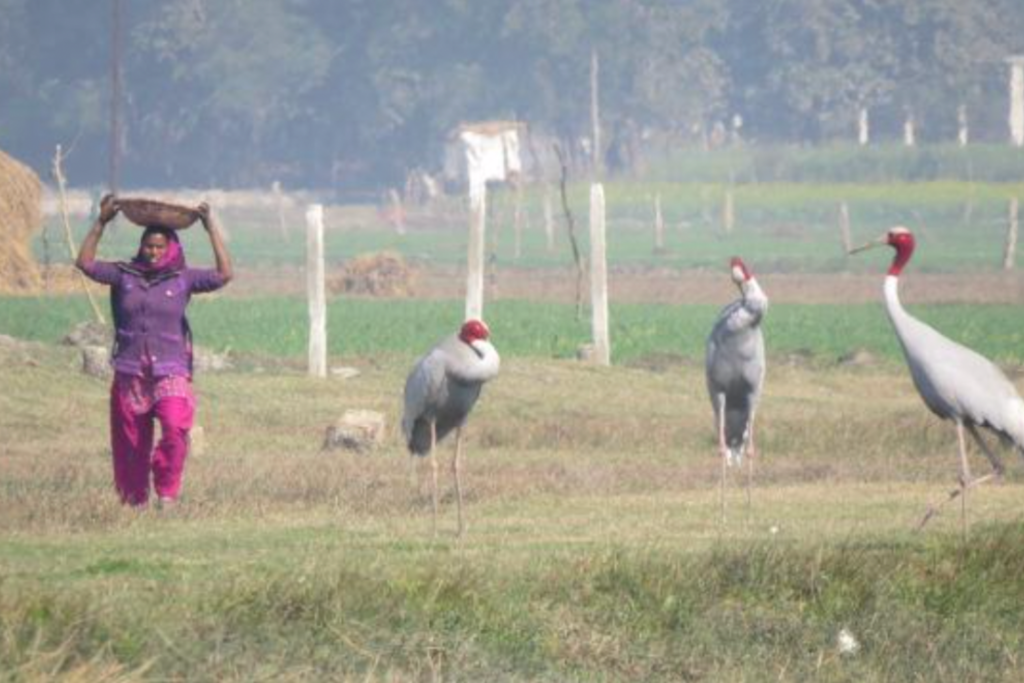There are many stories of Indigenous communities and their relationship with nature and wildlife, reflecting their intellectual and emotional knowledge. Different communities exhibit a range of stories about their interactions with wildlife in the region and gender plays an important part in studying human-wildlife coexistence.
Existing literature says that the sharing of landscapes has different implications for both women and men, highlighting how women possess their own differentiated form of ecological knowledge. This plays a role in shaping attitudes and perceptions towards wildlife.
Gender roles and responsibilities influence the use of natural resources and the nature of human-wildlife interactions. Understanding these gendered perspectives in human-wildlife interactions is essential to understanding coexistence between human and non-human beings.

Women usually engage quite differently in the landscape; they have different priorities in resource management which inform their values, and the ways in which they relate to wildlife. This women-nature relationship is embedded in a larger socio-political scenario resulting from historical, embodied, and contextual narratives.
We studied the human Sarus interactions. Sarus is a bird from the Crane family that cohabits with humans in the agriculture landscapes of Uttar Pradesh (UP). While studying human Sarus interactions in Barabanki district of UP we observed that people related to the presence of Sarus in diverse ways, and women especially shared an intimate bond. Through this piece we aim to tell the story of how differently women related to Sarus cranes in their area.
Anita ben,is an Anganwadi helper in her mid-40s in the nearby school of Kotwa Kalan village. Anita ben is a single mother who lost her husband last year and is usually found managing the daily chores of the school, and other responsibilities as an Anganwadi worker. She is abrilliant storyteller and an avid nature observer.

She explained that after the school work, she has loads of field work to do in the villages. Anita ben says “in between all my busy schedule, I carry the gunny bag with me and sit on it near the jheel to watch the Sarus and its family eating, fighting, dancing.” She is a live performer and narrates the stories about Sarus, how it sleeps, flies and dances in the daylight. She relates to Sarus as a source of entertainment that refreshes her and makes her evenings delightful.
Another story is of a woman named Rita who had been newly married in the village of Kotwa Kalan. Her husband used to work in the nearby town. She shared that Sarus cranes are like a common friend to her in the landscapes. They make her feel like home, as she grew up with them in the agriculture fields back in her ancestral home. Smilingly looking towards Sarus cranes, she said when everyone leaves in the morning, I often complete my household work and keep seeing these birds around.
For another woman named Indu, Sarus cranes are like her sisters. While sowing and harvesting her crops, she encourages her children to observe the child of the Sarus crane. She often tells her children to call out to the Sarus aunt to show them her dance. Children are often seen calling “Sarus aunt, please show us your dance” and they believe that their Sarus aunt listens to them and dances when children call her out.
In the same clan, an old lady in the house observed the Sarus cranes as a more empowered species. She says “in Sarus cranes both the male and female play a similar role unlike the humans where the female is burdened with all the work, and has to raise the child as well. In the Sarus crane family,if one parent is busy gathering food and resources for sustenance, the other parent makes sure to nurture and feed the child Sarus.” With this the old woman also hopes for humans to learn some lessons of equality from the Sarus cranes. She likened them to humans in many ways, but considered them far more empowered in gendered ways.
It can be seen how the Sarus plays an important role as companion, entertainer, and empowered role model in the landscape. It is also important to acknowledge that these gendered interactions are rooted in political questions of unequal access to land, unequal rights, and status of women in societies. It is imperative to document such perspectives of how people relate to their ecological knowledge from a gendered perspective, so that conservation strategies can be more inclusive and locally appropriate.
*all photos provided by authors
References


